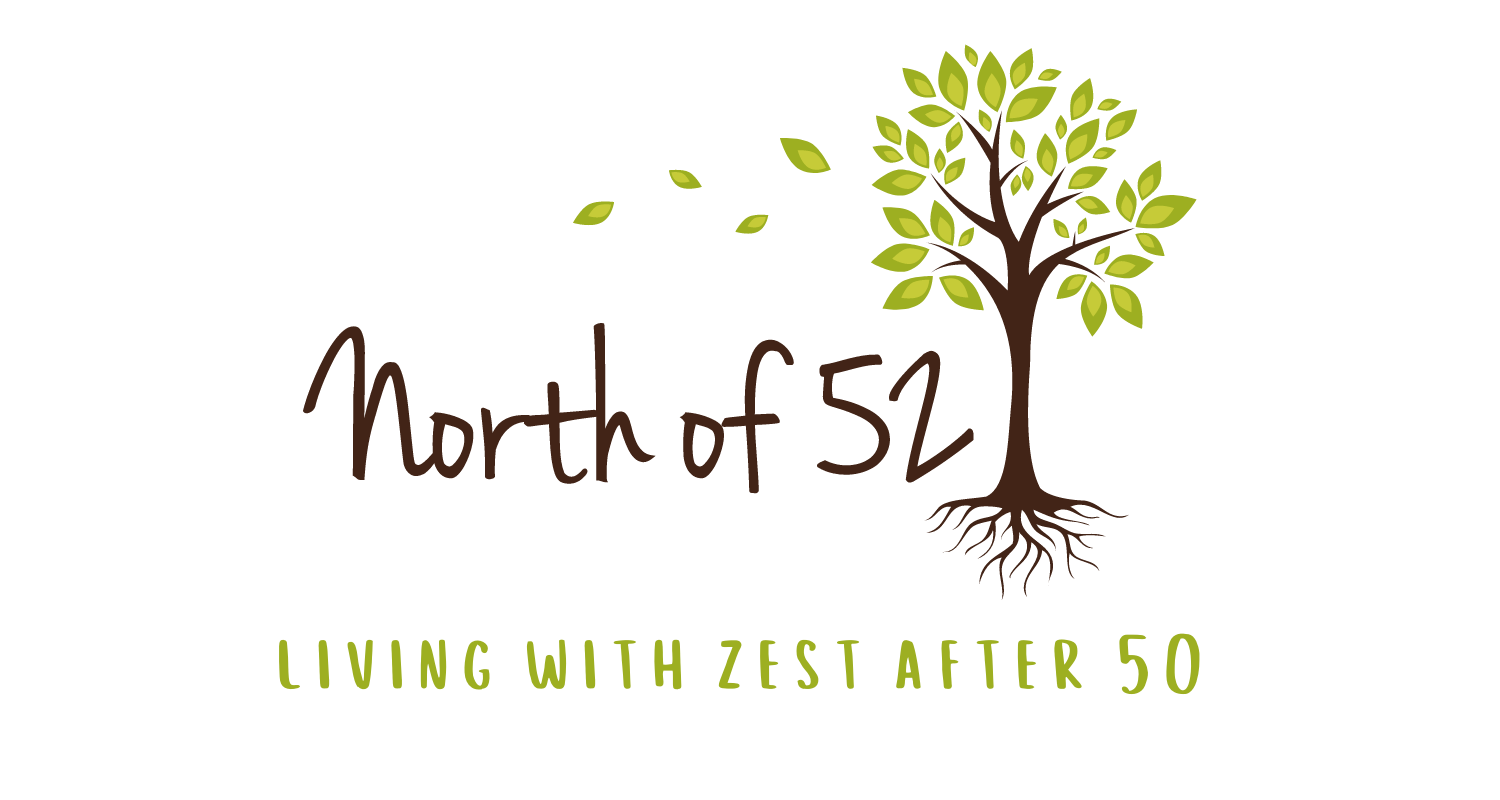Happiness, Brain Health, and Creating Things With Your Hands
I remember when I received my first weaving loom for Christmas. I was ecstatic. My mother taught me to sew, my father showed me how to plane a board, and my grandmother introduced me to crocheting. I think times were different. Hobbies were encouraged and we spent considerable time playing outside.
But then we grew up and life got busy with careers, children, and other activities. Later, the advent of the internet, smartphone, tablet and social media claimed more of our time. As a result, many of us are spending less time using our hands to create things.
Rewiring means exploring new interests, and there’s real benefit to include activities that enable us to make, create, repair and build. When we make things we create a perfect symphony between our mind and our hands, keeping our brains healthy and promoting psychological well-being. These activities involve planning, execution, and the thrill of seeing the results of our efforts.
It’s a bit like the IKEA effect – that sense of accomplishment when you build something and step back to admire your handiwork. It makes us feel vital and gives us a sense of accomplishment. According to Drs. Carrie Barron and Alton Barron, authors of The Creativity Cure: How to Build Happiness with Your Own Two Hands, the therapeutic benefit of creativity is real. It changes our brain chemistry, increases feel-good hormones like dopamine and serotonin, and decreases stress hormones.
When we engage in creating things, we are changing the neurochemistry of our brain, providing contentment and happiness. It’s one of the reasons 19th century doctors often prescribed knitting for women with anxiety.
The overall health of our brain benefits as well. When we engage in creative activities, we are using our brain and hands, engaging multiple lobes in the brain. Research, including the Mayo Clinic Study of Aging, shows that these cognitive activities keep us mentally sharp and reduce the odds of developing mild cognitive impairment. The brain is like a muscle – we need to use it, or lose it.
Our brain’s multiple parts all work together when we create things, stimulating neural connections.
Frontal lobe – planning, problem solving, language and abstraction
Parietal lobe – organizing complex visual material, spacial relationships
Occipital lobe – processing visual information
Temporal lobe (holds hippocampus) – multiple forms of memories, verbal processing, learning new information
Cerebellum – timing of movement, motor coordination
Exploring the Possibilities
Consider your current hobbies and the activities you’re doing now that allow you to make, create, repair and build. Identify areas of interest, former hobbies you’d love to return to, and new skills you’d love to develop. Sometimes you can dabble with a new craft or hobby without making a huge investment in supplies. Don’t be afraid of trying something new and not enjoying it. That’s okay, it’s part of the exploration process.
The possibilities are endless. Let your mind and hands get busy, reaping the benefits.



